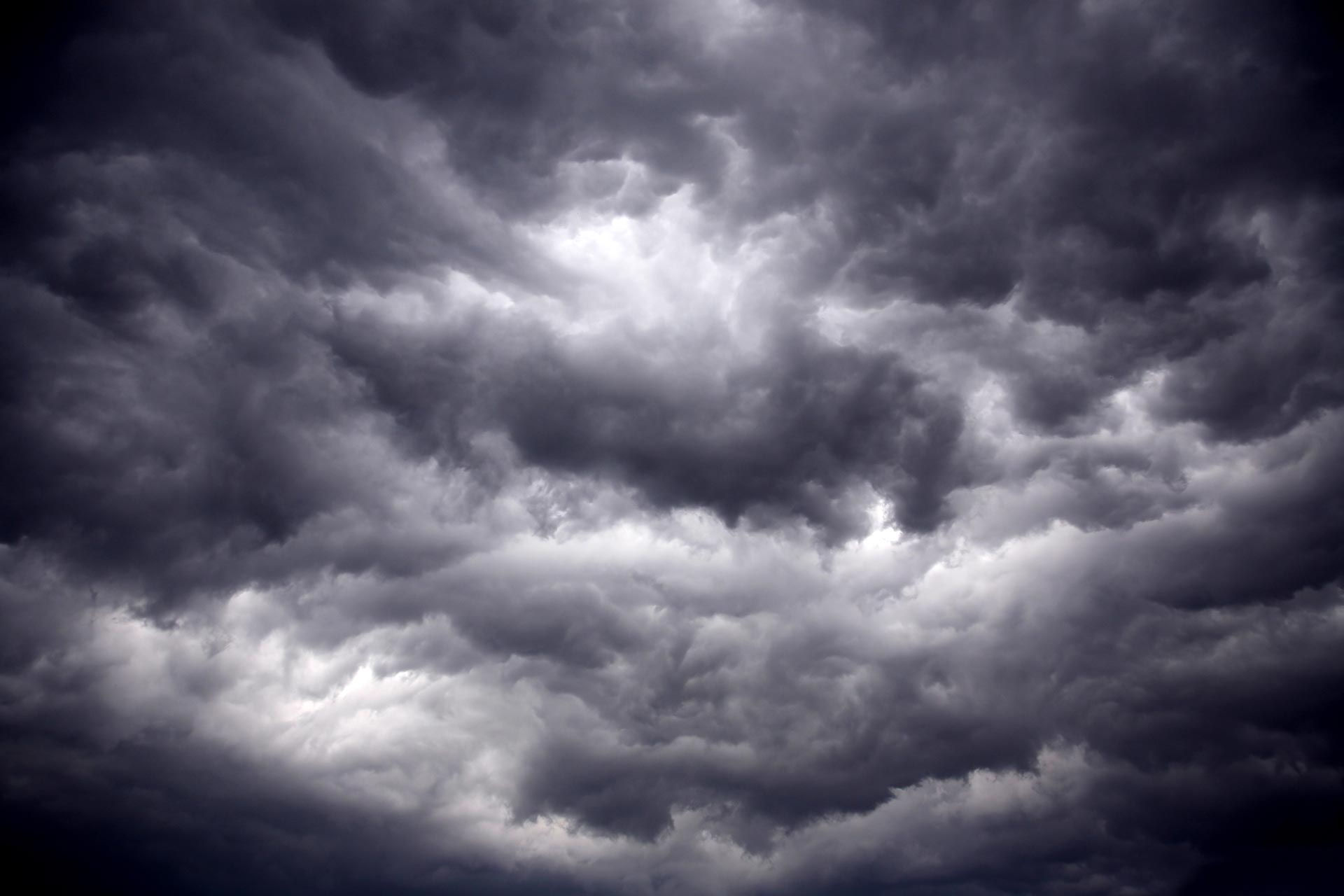STEVE'S "WILD" WORLD OF WEATHER...

When I'm wondering about weather folklore and historical events this is the man I go to. With more than 50 years of statistical and observational research, he's the dude! When it comes to lunar cycles, woolly bear caterpillars, insects, bugs, and animals, he tracks them, records them, and establishes ties to weather patterns. Only one person takes climatology to a level like this. His name is Steve Gottschalk by way of Lowden, Iowa. He's a knowledgeable and interesting man. I'm grateful to him for lending his unique perspective to the site. Steve's "wild" world of weather can be found regularly right here on TSwails.com. Take it away Steve!
The Last 8 days Of August
I went through my records and found that the average rainfall for August 24-31st was 1.09" but could range anywhere from 0.00" to 5.50" during the period. The average number of days with measurable rain was 2.3 days but the range was anywhere from 0 days to 5 days. The wettest periods was if it occurred during a new moon and the driest ones were during a full moon.
Long Running La Nina's And Winter

I found 5 episodes of long running La Nina's since 1950 that had lasted 20 months or longer. I looked at the 3rd winter of these events. They were 1956, 1972, 1976, 2001 and 2012. There were 2 cold winters, 2 were warm and 1 saw normal temperatures.
Some Hot Augusts I thought that you may be interested in seeing how hot these two Augusts were.
1900 - the states average temperature was 77.4 degrees, the warmest on record up to that time.
Iowa City had 21 days with 90 degree readings.
Cedar Rapids had 18 days with 90 degree readings with the 1st-13th seeing 90 degrees everyday.
Davenport had 15 days with 90 degree readings.
1955 - the state's average temperature was 77.2 degrees. The month's extreme temperature ranged from 109 at Missouri Valley on the 27th to 42 at Glenwood on the 31st.
Iowa City had 19 days with 90 degree readings.
Tipton had 19 days with 90 degree readings.
Davenport had 15 days with 90 degree readings.
Cedar Rapids had 14 days with 90 degree readings.
Tipton's Maximum temperature for the month was 101, Belle Plain and Vinton's were 100.
The state's monthly rainfall totals ranged from Cherokee's 0.11" to Eldora's 6.13".
August Of 1900 Deadly Lightning Strikes
At Austinville, Butler County, on the evening of August 8th, a young man of 22 years of age was struck by lightning and instantly killed. He was working with others at the Illinois Central gravel pit at the time. There was no other injuries.
On the morning of August 23rd, a 35 year old man, foreman of the Peter Hopley's stock farm SW of Atlantic was killed by lightning. He was riding homeward from the field, sitting in the rear end of the wagon with 2 men in the front. The bolt killed Mr. Jackson and the team while the other 2 men in the wagon received only a slight shock.

At Moville lightning struck the stable of Peter Kroeger, killing a horse. Mrs. Kroeger who was in the house some distance from the stable, was rendered insensible by the shock, and for some time after recovering consciousness, suffered paralysis of one leg.
At Alta, on August 10th, the weather observer and several of his family were driving to town. They were momentarily stunned by a lightning bolt that killed a horse in a pasture about 5 rods distant from them.
On August 17th, at 4 a.m. near Amana, lightning struck and burned a large barn containing about 200 tons of hay. It was 16 years earlier that a barn on the same foundation was struck and burned. During the storm a house was also struck but not materially damaged.

Storms Produce Tornadoes And Large Hail
On August 26, 1965, severe thunderstorms produced 3 significant tornadoes across central and eastern potions of the state. The first tornado, an F2, occurred around 7 p.m. in Story and Jasper counties. It was 100 yards wide and traveled for 8 miles from s.e. of Collins to s.w. of Baxter, destroying some barns.
At 8:45 p.m., an F4 tornado, 200 yards wide, moved e.s.e. of LaPorte City and passed just north of Auburn. About 2 dozen farms were torn apart. Trailers were blown away and 11 homes were destroyed. One home had near F5 damage. One person was killed in his home as he was heading for the cellar. Seventeen others were injured in the storm. Local observers said the damage was done by twin tornadoes a few minutes apart. The damage totaled $1.5 million.
Very large hail fell with some of the storms across Black Hawk, Duduque, Cedar and Clinton counties. Some of the stones were 2" to 3" in diameter.
Climate Change And The Birds
Back in the late 1980's and early 1990's, there were robins nesting on almost every property here in town. By 2013, they were nesting on 2 of 3 properties and by 2018 it was 1 of every 2 properties. Now it's 1 of every 3 properties that has a robin nesting. That's quite a drop! With less insects to eat there are fewer birds around.

Over the years I have seen a 60% drop in the number of common grackles. The only bird that I have noticed that hasn't seen such a dramatic decline is the European starling. The number of House sparrows has declined some. In 2012 during the hot and dry summer, their numbers went from over 100 down to 15. There was a fungus in what water was left in the creeks that killed them when they came for a drink.
That's all I have for this weeks edition. On the "wild" side of weather, I'm Steve Gottschalk.










Commentaires